Best Exercises For Mobility And Flexibility
Introduction to Mobility and Flexibility
In the quest for a fitter, more robust, and resilient physique, the concepts of mobility and flexibility frequently emerge as cornerstones of a holistic approach to wellness. For many, especially those new to the realm of fitness and exercise, the terms "mobility" and "flexibility" might appear synonymous, used interchangeably in casual conversations. Their inherent similarities often blur the lines between them, leading to a conflation of their meanings.
Empower Your Health Journey – Explore My Free Apps for a Vibrant, Healthier Lifestyle Today!
Yet, as we delve deeper into the nuances of physical health and the human anatomy, we discover that these terms, while intertwined, have distinct differences that play pivotal roles in shaping our workout methodologies. Each caters to specific aspects of our body's movement and function, and understanding them individually can unlock greater potential in our fitness journey.
When equipped with proper knowledge and the right exercises, we have the power to harness the full benefits of both mobility and flexibility. This not only elevates our training sessions but also leads to improved performance in daily tasks, athletic endeavours, and overall physical well-being. Through this article, I aim to shed light on these two vital components, guiding readers to make informed decisions that will significantly enhance their physical capabilities.

Understanding the Differences: Mobility vs. Flexibility
In the vast landscape of fitness and well-being, two terms often stand out and sometimes overlap: mobility and flexibility. These terms, while closely related, are not identical twins in the fitness world but rather siblings, each with its unique traits and significance.
So, what exactly sets mobility apart from flexibility?
Mobility:
This pertains to the ability of a joint to move freely and effortlessly within its intended range. It involves not just the joint itself, but also the muscles, tendons, and ligaments surrounding it. Think of mobility as the axis on which a door swings – the smoother it is, the easier the door moves.
Flexibility:
When we talk about flexibility, we're honing in on the capacity of a muscle to elongate. It’s akin to the stretchiness of an elastic band; the more flexible it is, the farther it stretches without tearing.
Picture yourself attempting to touch your toes, a common benchmark of flexibility. The elongation you feel in your hamstrings represents flexibility at work. Meanwhile, the actual movement of the hips and the bending at the waist showcases mobility in action.
In essence, while flexibility concentrates on muscle stretch, mobility encompasses a broader spectrum, ensuring joints and their surrounding structures function optimally. One could argue that flexibility is nested within the broader category of mobility.
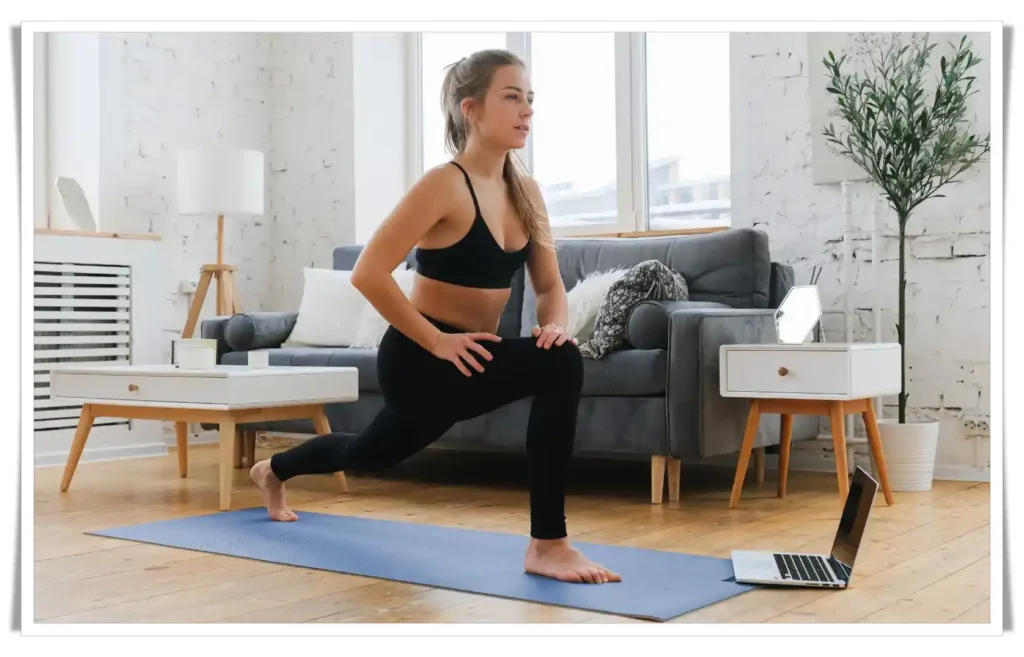
When curating a fitness routine, recognizing the distinction and the interplay between these two is essential. It ensures a balanced approach, targeting both joint health and muscle extensibility, laying down a foundation for a body that moves with grace, strength, and efficiency.
The Undeniable Benefits of Mobility Training
Mobility training has steadily risen to prominence in fitness circles and with good reason. Beyond the obvious improvements in movement and flexibility, it offers an array of benefits that make it a vital component of a holistic fitness regimen. Let’s delve deeper into why mobility should be an integral part of our routines:
- Activation of Lesser Used Muscles: In our day-to-day lives, certain muscles don't receive the engagement they require. Mobility exercises offer an excellent avenue to tap into these dormant or less active muscles, ensuring a well-rounded muscular engagement.
- Improved Motor Control: Think of your body as a symphony, with each part playing its tune. Mobility training refines this symphony, enhancing coordination, refining our body's responses, and ensuring each part works in harmony.
- Correction of Muscle Imbalances: Our modern lifestyles, often characterized by prolonged sitting or repetitive motions, can lead to muscle imbalances. Through targeted mobility exercises, these imbalances can be identified and rectified, leading to a more balanced physique and posture.
- Reduced Risk of Injury: One of the most significant benefits of focusing on mobility is injury prevention. By strengthening the tissues surrounding the joints, we bolster our body's defences against injuries, especially during high-intensity activities.
- Optimal Warm-up: Before diving into rigorous exercises or engaging in sports, it's crucial to prime the body. Mobility exercises serve as an ideal warm-up, preparing muscles and joints for the challenges ahead, thereby enhancing performance.
- Relaxation and Stress Release: In the hustle and bustle of modern life, stress accumulates in both our minds and bodies. Through mobility training, we can release this pent-up tension, promoting relaxation and an overall sense of well-being.
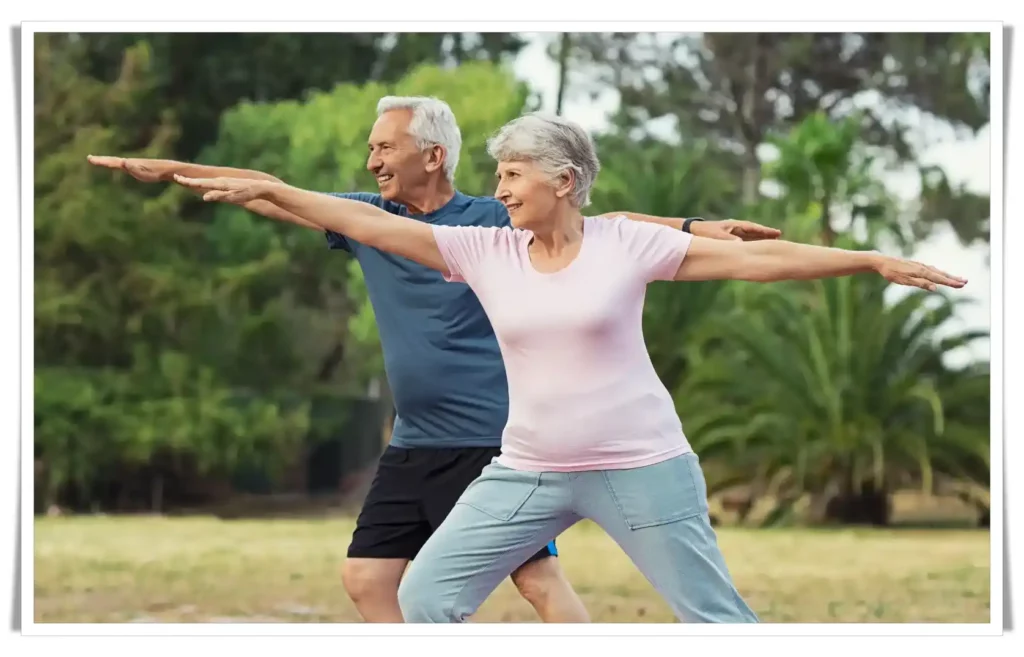
Incorporating regular mobility training into our fitness routines not only elevates our athletic prowess but also contributes to better overall health and well-being. It's a step towards a more agile, balanced, and resilient body.
Essential Exercises for Mobility and Flexibility
A well-rounded fitness routine should address not just strength or endurance but also the mobility and flexibility of the body. These two factors play a crucial role in our day-to-day movements, athletic performance, and overall well-being. Here's a closer look at some of the best exercises designed to improve both:
Neck Rotations: By gently rotating the neck from side to side and up and down, this exercise alleviates tension and stiffness in the cervical spine, promoting better posture and relief from tech-related strains.

Arm and Shoulder Rotations: Perfect for individuals spending long hours on computers or doing repetitive tasks. These rotations enhance the mobility of the shoulder joint, preparing it for more intensive activities.

Pelvic and Ankle Movements: Engaging in circular and up-down movements of the pelvis and ankles can significantly improve the dynamics of the lower body, making daily activities like walking and climbing stairs smoother.
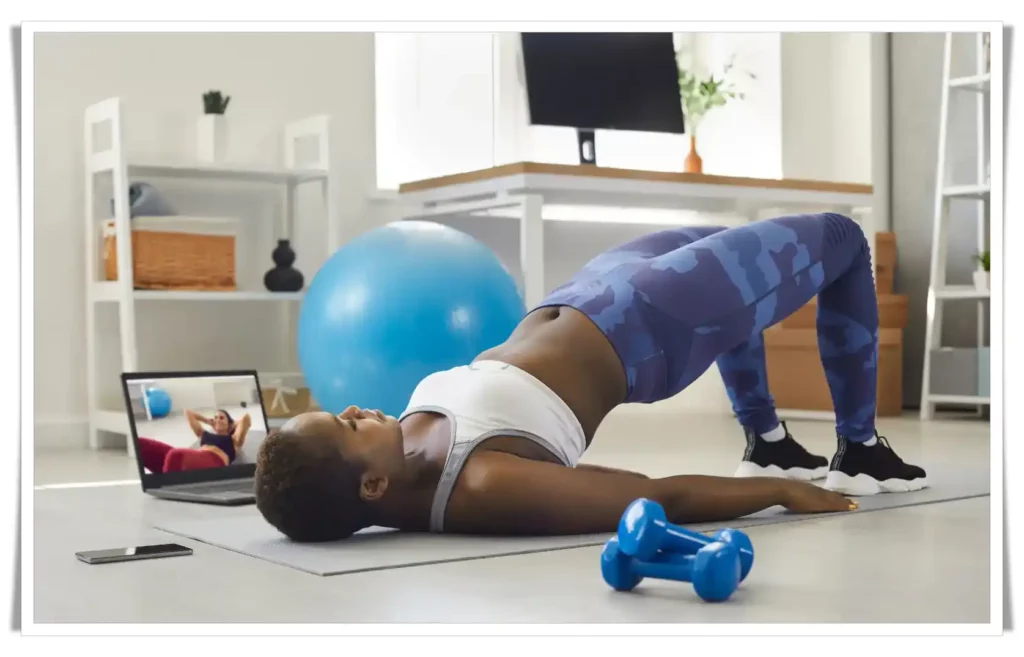
Calf Raises: Targeting the spinal cord, this exercise promotes its flexibility and mobility, ensuring a strong, supple back that supports various movements.
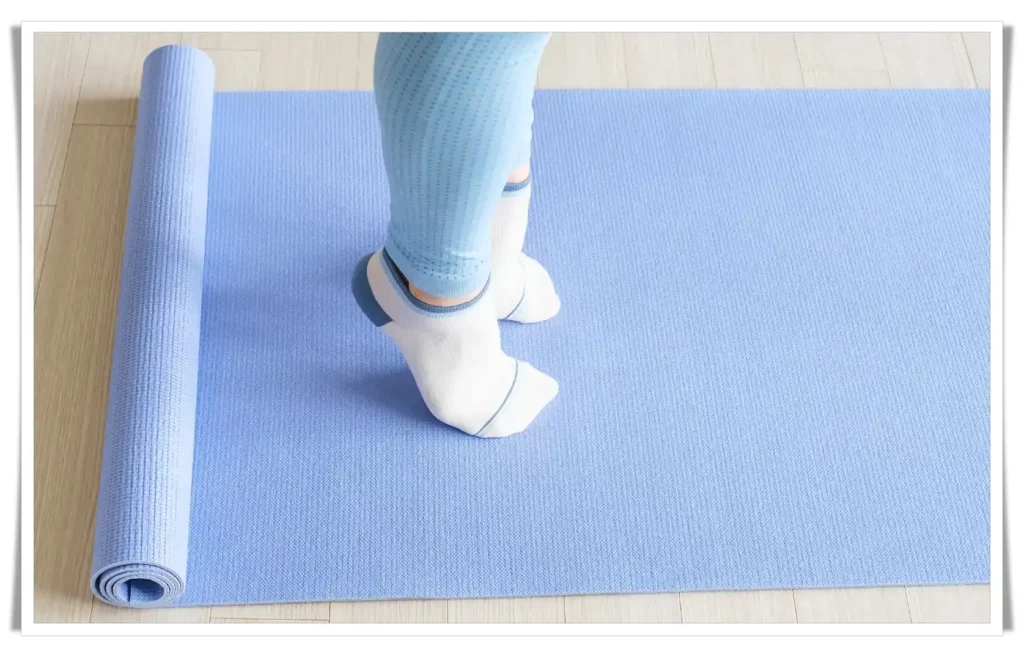
Front and lateral lunges: While challenging for many, splits are the gold standard for showcasing flexibility. Regular practice can elongate the leg muscles and enhance hip mobility.

Squats: Beyond building strength, squats are instrumental in promoting mobility in the hips, knees, and ankles. They mimic a natural human movement, making them essential for all age groups.
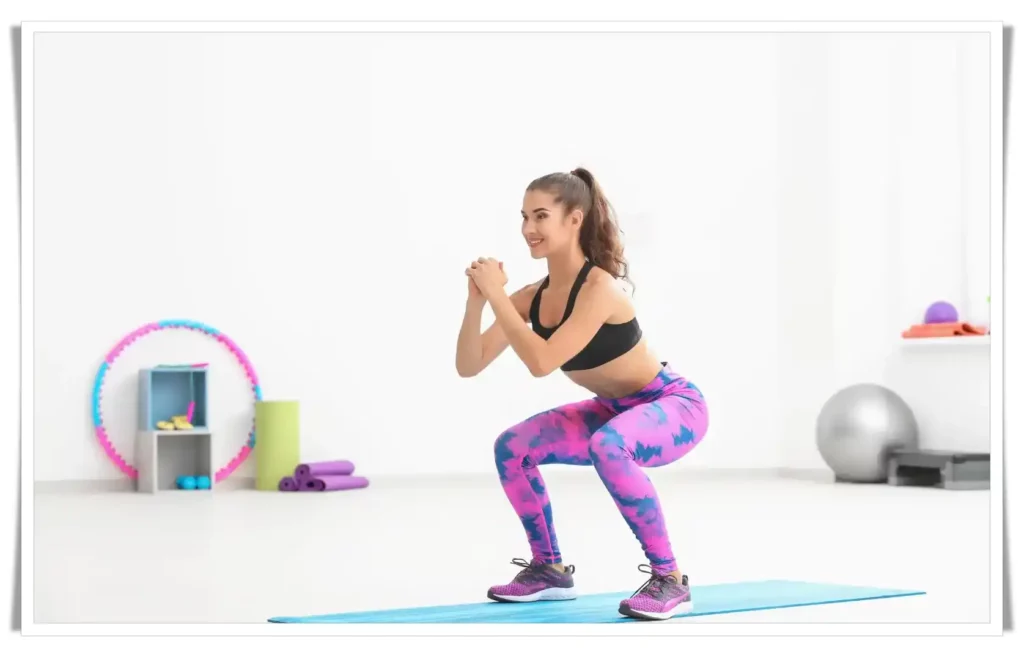
Jumping Jacks: A full-body dynamic movement, jumping jacks not only enhance cardiovascular endurance but also boost overall flexibility, especially in the arms and legs.
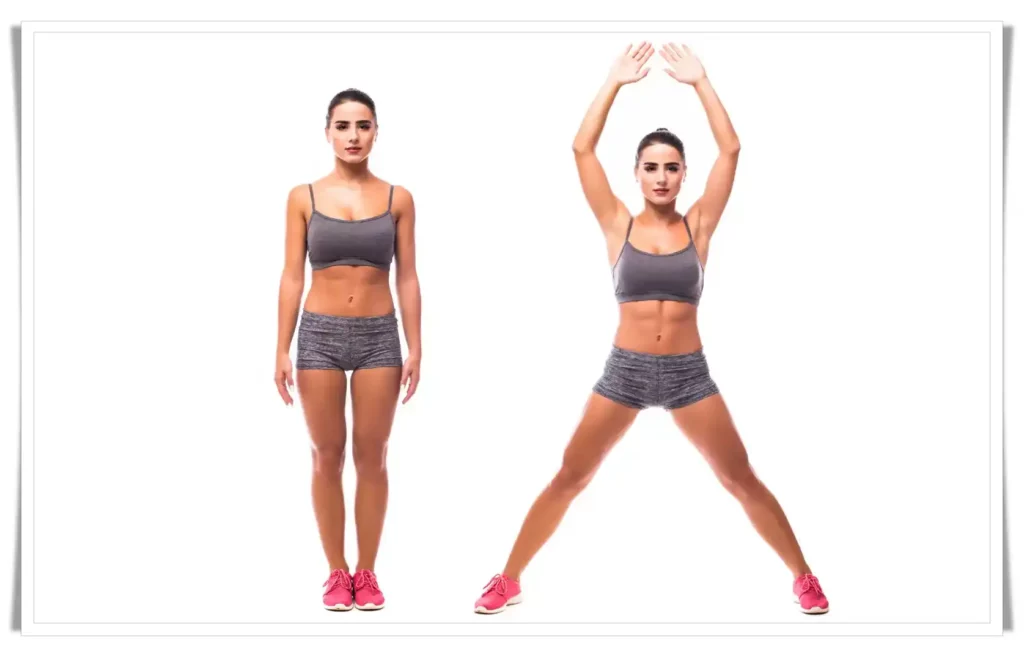
Foam Rolling: This self-myofascial release technique is gaining popularity for its benefits in muscle recovery. It's great for self-massage, helping to release knots and tension in muscles, improving flexibility and reducing soreness.

How can we improve our body's mobility? Easy mobility exercises
There are many methods for improving mobility, but the most commonly used ones are:
– Stretching
Stretching utilizes passive means (these are exercises in which the stretching action is achieved through the intervention of external forces, such as gravity, a partner, the weight of body segments, or one's own force), with a focus on their effects on joints, muscles, and tendons.
Stretching training can be done in the morning or evening, at the beginning or end of each workout, and it doesn't require exceptional physical qualities. Many individuals adopt this type of training, which is effective not only for developing mobility but also for stretching and relaxing the muscles.

When integrating these exercises into a routine, it's beneficial to complement them with practices like yoga, which emphasizes controlled movements and stretches. Furthermore, dynamic stretching — where muscles are stretched through movement — is a powerful tool in any fitness arsenal. Research corroborates its efficacy; a particular study underscored that incorporating just 10 minutes of dynamic stretching before working out led to tangible improvements in athletic tasks like running or jumping.
By regularly engaging in these exercises, we can ensure a body that's not just strong but also agile, flexible, and ready for any physical challenge. Remember, it's not about how hard you can push your body, but how gracefully and efficiently it can move.
Insights from Scientific Research
A seminal study titled "Mobility training for increasing mobility and functioning in older people with frailty" offers compelling insights into the role of mobility training for the elderly. Frailty is a prevalent condition in older individuals, characterized by a decline in numerous bodily systems, leading to reduced physiological reserves and heightened vulnerability to negative health consequences. With approximately 21% of the community-dwelling population over the age of 65 identified as frail, this state predicts various adverse outcomes, from falls and worsened mobility to functional deterioration and even mortality.
Within the context of the World Health Organization's International Classification of Functioning, Disability, and Health (ICF), mobility is understood as the capacity for body position changes, walking, and general movement. Numerous interventions aim to bolster mobility, with functional exercises like sit-to-stand, walking, and stepping practices being prevalent.
This comprehensive review sought to collate evidence pertaining to the advantages and safety of mobility training for the elderly. In total, 12 randomized controlled trials (RCTs) from 9 different countries were included, encompassing 1,317 participants. A notable finding was that mobility training considerably enhances mobility levels. More specifically, there was a clinically significant improvement in the Short Physical Performance Battery scores, which persisted six months post-intervention.
Furthermore, moderate-certainty evidence suggested that mobility training likely betters the level of functioning, as measured by the Barthel Index, though the improvement's clinical significance remained uncertain. However, the impact of mobility training on other metrics such as falls, nursing care facility admissions, and mortality rates was less definitive.
Concluding Remarks: This research strongly advocates for the incorporation of mobility training to boost mobility in frail older adults living in communities. The findings corroborate the efficacy of such training in improving mobility, and potential functionality, in this demographic. However, its effects on falls, admissions to care facilities, and mortality rates require further examination. The overall data, however, endorses the utility and importance of mobility training for the aging population.
Frequently Asked Questions (FAQs)
- What is more crucial, mobility or flexibility? Both are significant, with flexibility being a part of mobility.
- How often should I practice mobility exercises? Incorporating them into your daily routine, even if for a few minutes, can yield tangible benefits.
- Can mobility exercises aid in weight loss? Indirectly, yes! They enhance performance, which can boost workout results. Check our article on How To Exercise For Weight Loss.
Call to Action
Found this guide enlightening? Leave a comment below and let us know! Also, don't forget to check out our YouTube video on How To Exercise Well At Home In Just 5 Min.
Relevant Sources:
| Title | Link |
|---|---|
| The Science Behind Mobility and Flexibility | Source 1 |
| Dynamic vs. Static Stretching: An Analysis | Source 2 |
| Enhancing Athletic Performance with Mobility Exercises | Source 3 |
| Comprehensive Guide to Flexibility Training | Source 4 |
Conclusion
In light of scientific research, it's evident that mobility training, especially in the elderly, has significant benefits. This underscores the universal importance of mobility and flexibility, regardless of age. As we journey through life, our physical well-being is intertwined with how we move and how flexible we are. It's not just about athletic performance or muscle aesthetics; it's about the quality of life, reducing the risk of injuries, and ensuring our bodies remain functional and resilient. By prioritizing mobility and flexibility exercises, we're investing in a future where our bodies can carry us through everyday tasks and challenges with ease and confidence.
Whether you're looking to touch your toes, play with your grandchildren, or run a marathon, a foundation built on good mobility and flexibility is the stepping stone to those goals. So, as we continue our pursuit of health and wellness, let's remember the profound importance of being mobile and flexible. It's a commitment to ourselves, ensuring we can move gracefully today, tomorrow, and in the years to come.





I like the efforts you have put in this, regards for all the great content.
very informative articles or reviews at this time.
Pretty! This has been a really wonderful post. Many thanks for providing these details.
There is definately a lot to find out about this subject. I like all the points you made
I appreciate you sharing this blog post. Thanks Again. Cool.
Very well presented. Every quote was awesome and thanks for sharing the content. Keep sharing and keep motivating others.
I just like the helpful information you provide in your articles
Somebody essentially help to make significantly articles Id state This is the first time I frequented your web page and up to now I surprised with the research you made to make this actual post incredible Fantastic job
Fantastic site Lots of helpful information here I am sending it to some friends ans additionally sharing in delicious And of course thanks for your effort
Wow, fantastic blog format! How long have you been blogging for?
you made blogging glance easy. The entire glance
of your website is great, as neatly as the content!
You can see similar: sklep internetowy and here dobry sklep
Thank you a bunch for sharing this with all folks you actually know what you’re
talking approximately! Bookmarked. Please additionally visit my website =).
We may have a link alternate agreement between us I saw similar here:
e-commerce and also here: sklep online
Remarkable! Its in fact remarkable article, I have
got much clear idea concerning from this post. I saw similar here:
Dobry sklep